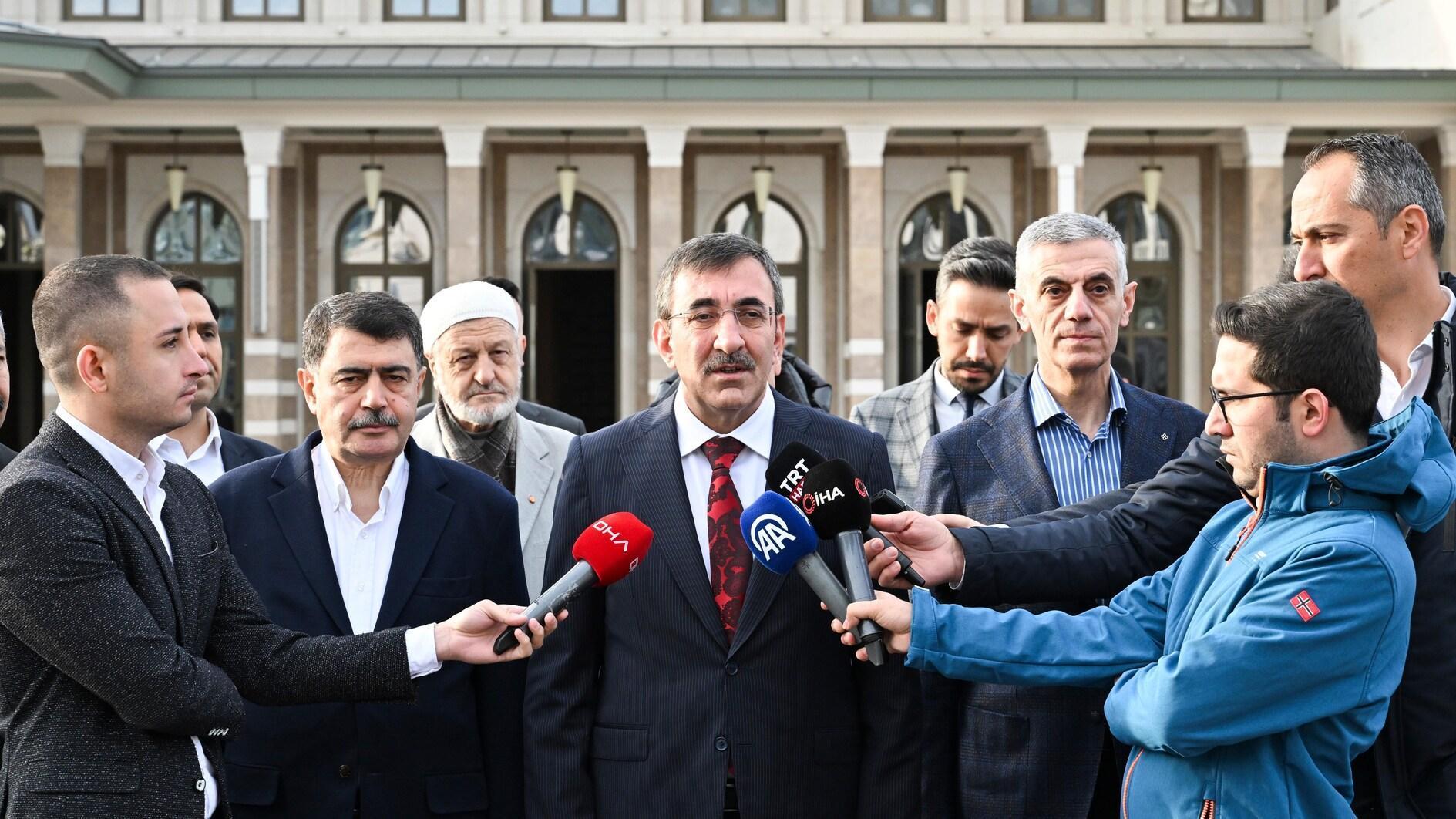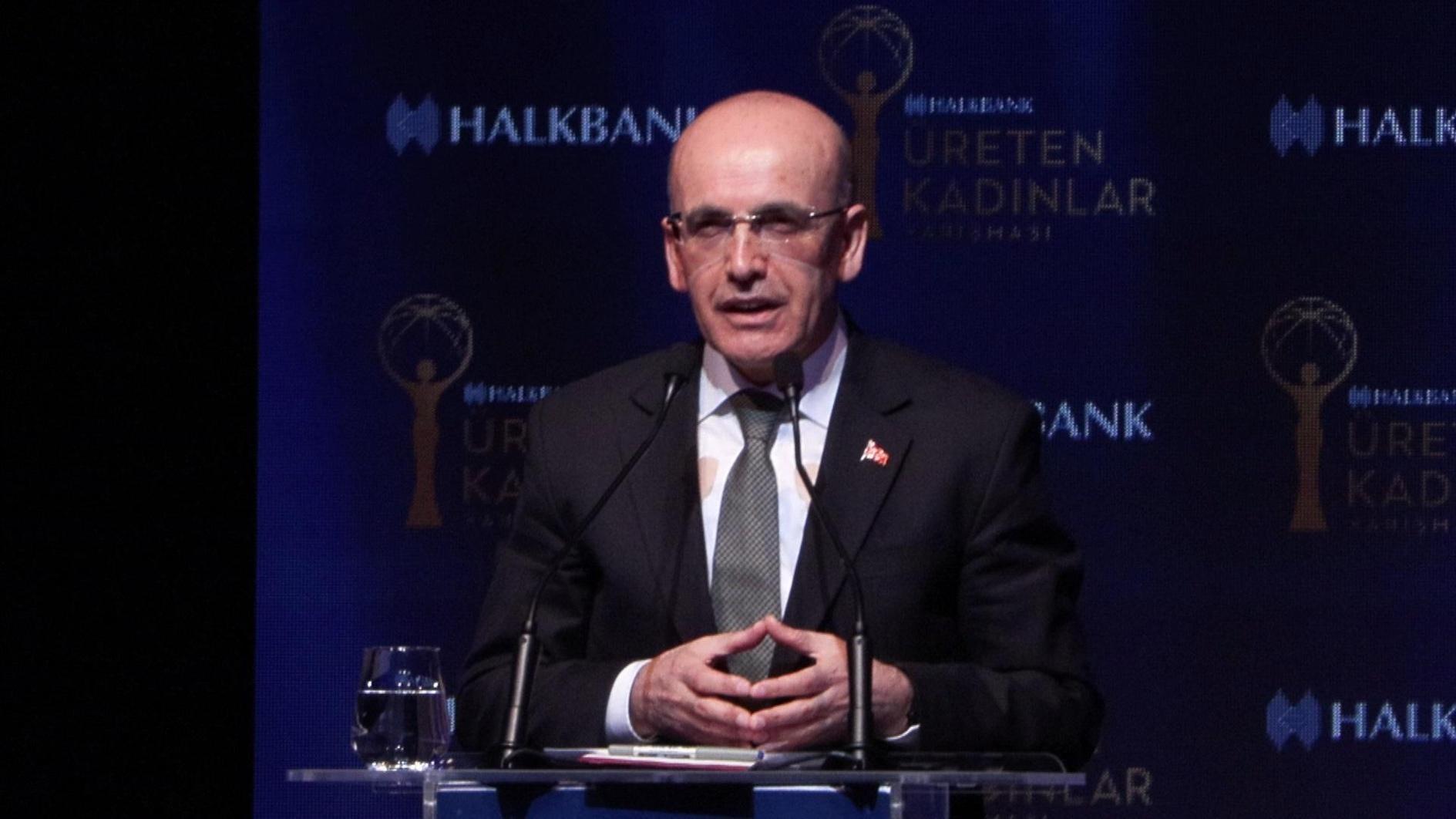Arctic Sea ice and climate: the “unknown unknown”
It’s no surprise that we will have a record minimum of ice cover in the Arctic Ocean at the end of this summer melt season. It’s already down to around 4 million square kilometers, with a least another week of melting to go, but this is what you might call a “known unknown.” Scientists knew we were losing the ice cover fast; they just didn’t know how fast.
I’m no fan of Don Rumsfeld, who helped to lead the United States into the disastrous invasion of Iraq when he was George W. Bush’s defense secretary, but I never had a problem with the distinction he made between “known unknowns” and “unknown unknowns” when discussing the intelligence data. He was brutally mocked in the media for using such jargon, but there really is a difference.
A “known unknown,” in the case of the Arctic Ocean, is how long it will be before the entire sea is ice-free at the end of each summer. The last report of the Intergovernmental Panel on Climate Change (IPCC), published in 2007, talked about that happening sometime in the second half of this century, but it couldn’t be more specific.
The IPCC usually underestimates the rate of climatic change, but even the pessimists didn’t think we’d get there before the 2030s. I did encounter one maverick at the National Ice and Snow Data Centre who thought it might happen in this decade, but nobody actually knew. A “known unknown,” in other words.
As for the impact that an ice-free Arctic Ocean might have on climates elsewhere, it would obviously accelerate the global warming trend, but beyond that there wasn’t much to go on. This was the territory of the “unknown unknowns”: big things might happen to the complex atmospheric system of the planet when a major chunk of it suddenly changes, but nobody knew what.
Now we begin to see the consequences. The polar jet stream, an air current that circles the globe in the higher northern latitudes and separates cold, wet weather to the north from warmer, drier weather to the south, is changing its behavior.
In a paper in Geophysical Letters last March entitled “Evidence linking Arctic amplification to extreme weather in mid-latitudes,” Jennifer Francis of Rutgers University and Stephen Vavrus of the University of Wisconsin-Madison offered a hypothesis that may explain why world grain prices have risen 30 percent in the past four months (and are still going up).
First, a warmer Arctic reduces the temperature gradient between the temperate and polar zones. That, in turn, slows the wind speeds in the zone between the two and increases the “wave amplitude” of the jet stream. The jet stream flows around the planet in great swooping curves, like a river crossing a flat plain, and those curves – Rossby waves, in scientific language – are getting bigger and slower.
This is a recipe for extreme weather. In the old days the Rossby waves went past fast, bringing the alternation of rainy and sunny weather that characterized the mid-latitude climate. Now they hang around much longer and generate more extreme weather events: droughts and heat-waves, or prolonged rain and flooding, or blizzards and long, hard freezes.
The temperate zone has been seeing a lot of that sort of thing in the past couple of years – much more than usual. It’s cutting deeply into food production in the major breadbaskets of the planet, like the US Midwest and southern Russia, which is why food prices are going up so fast. And this was an “unknown unknown”: nobody saw it coming.
All the scenarios that the militaries of various countries were working with assumed that climate change would hit food production very hard in the tropical and sub-tropical parts of the world, and that is still true. But the scenarios also assumed that the temperate regions of the planet would still be able to feed themselves well (and even have a surplus left over to export) for many decades to come.
If Francis and Vavrus are right, that may not be the case. It’s a most unwelcome surprise –- and it may be the first of many.











